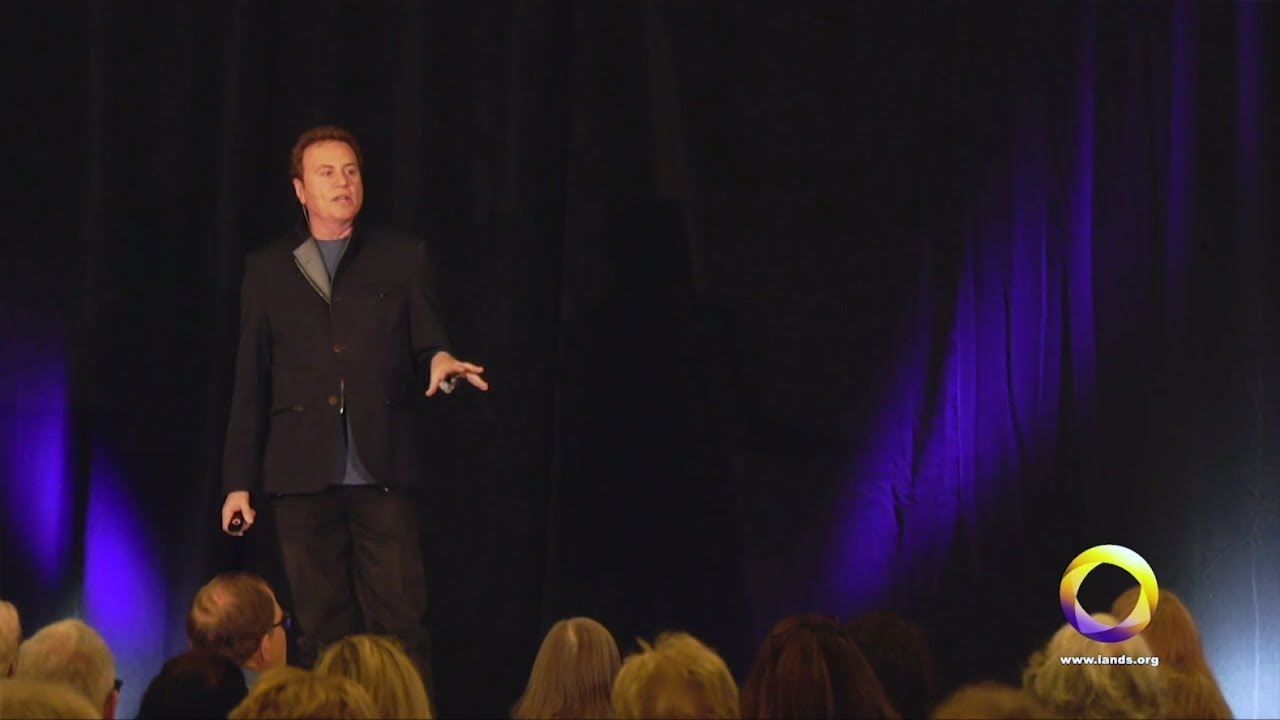TDF
The global desire for animal meat is an insatiable one. Over 50 billion animals are killed each year to meet these demands. Beyond the obvious cruelties indicated by that statistic, the process also raises concerns for food safety, represents a massive waste of resources, and contributes profoundly to the ongoing climate change crisis. But a new solution is rearing its head on the horizon: clean meat. In-Vitro Meat, produced by the vpro documentary series, exposes the production of cultured meat, the benefits that can be gained from its widespread acceptance, and the ways in which it can change the face of the food industry forever.
With veganism on the rise, the promotion of cultured meat sounds like a no-brainer. Yet there remains much skepticism from consumers who are weary about eating food raised in a lab. This is the audience the industry must win over if the cultured meat movement is to succeed.
Through cellular technology, the movement hopes to put an end to the scourge of animal cruelty. During the film, we witness the production of this mystery meat. In a laboratory setting, cells are isolated from a plucked chicken feather, replicated as many times as desired, and grown as sources of cultured meat. Similar experiments have been conducted with fish and cows. In a sense, the consumer is still eating the animal. But that animal no longer has to suffer and die in the process.
With the help of food scientists and assorted advocates, the film also sheds light on the environmental impact of clean meat, which is estimated to slow greenhouse gas emissions and other harmful pollutants by as much as 50-90%.
The harvesting of cultured meat is becoming an increasingly sophisticated enterprise. As the science continues to evolve, even the most rabid meat eaters are unlikely to detect differences in taste and texture from the real thing.
As the film demonstrates, the movement’s visibility has increased all across the globe from San Francisco to the Netherlands. In-Vitro Meat provides an exciting glimpse inside an industry as it enters its infancy. We learn how the industry’s leaders are working to create a sustainable future of food that represents more than just a fad.




